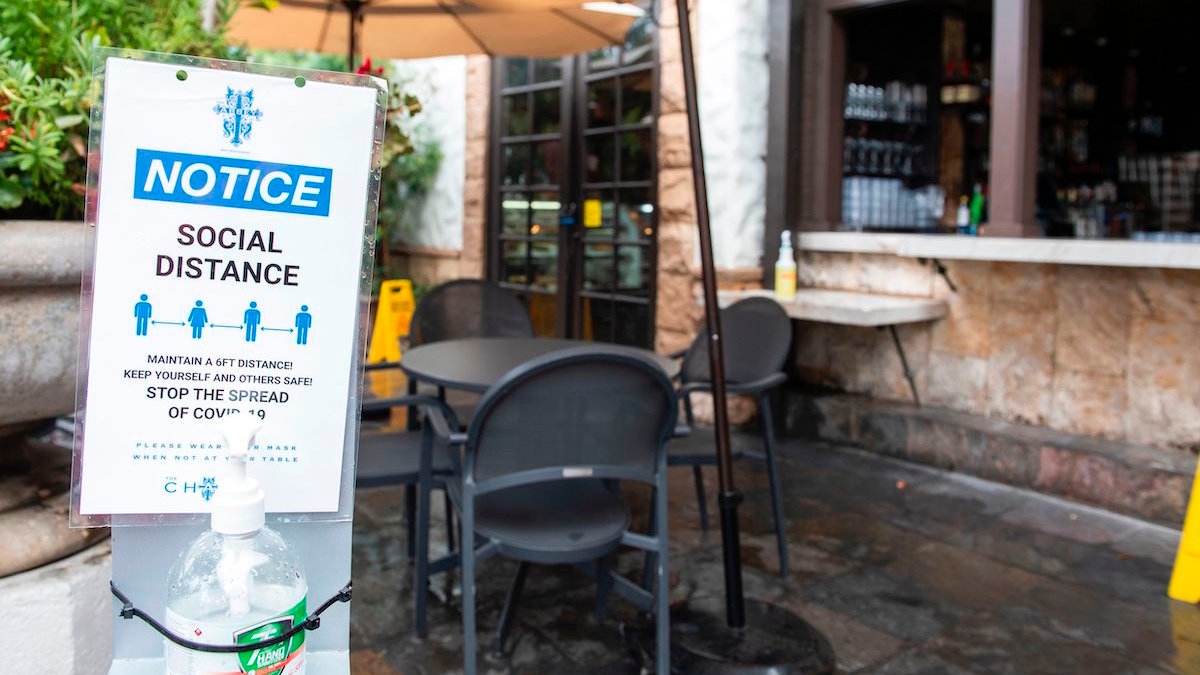## From Pac-Man to Pad-man: Orange County Malls Get a Pixel-Perfect Makeover
Remember the days of arcade cabinets lining the food court, joystick battles echoing through the halls, and the sweet, nostalgic scent of Cinnabon wafting through the air? Those Orange County malls might be a little quieter now, but they’re not extinct. They’re evolving!

Housing Solutions: Addressing Orange County’s Affordable Housing Crisis

The escalating housing crisis in Orange County has reached a critical juncture, with a growing demand for affordable housing units outpacing the current supply. According to a recent report by the Orange County Business Journal, the county faces a shortage of over 100,000 affordable housing units. This shortage disproportionately affects low- and moderate-income families, seniors, and individuals with disabilities, exacerbating socioeconomic disparities and driving up homelessness rates.
Repurposing vacant malls presents a unique opportunity to address this pressing issue. These sprawling properties, often situated in strategic locations with access to public transportation and amenities, can be transformed into mixed-use developments that incorporate affordable housing options. By integrating residential units within these revitalized spaces, developers can create vibrant, self-contained communities that provide much-needed housing while revitalizing struggling commercial hubs.

Entertainment Hubs: Reimagining Malls as Interactive Destinations
The traditional mall model has faced significant challenges in recent years due to the rise of e-commerce and changing consumer preferences. However, malls can be reimagined as dynamic entertainment destinations that cater to evolving entertainment needs. By incorporating a diverse range of attractions, malls can attract a wider audience and create a thriving hub for social interaction and leisure activities.
Gamestanza envisions a future where repurposed malls become havens for gaming and esports enthusiasts. Imagine sprawling arcades featuring the latest console and PC games, dedicated esports arenas hosting competitive tournaments and streaming events, and immersive escape rooms that challenge players with interactive puzzles and storylines.
Enhancing the Entertainment Experience
These entertainment hubs can go beyond traditional gaming experiences. Interactive exhibits, augmented reality experiences, and virtual reality simulations can offer visitors a unique and engaging way to explore new worlds and challenge themselves intellectually and physically.
The Gamestanza Angle: Integrating Gaming into the Reimagined Mall Experience
Gamestanza believes that gaming should be an integral part of these revitalized malls. By incorporating dedicated gaming spaces, esports arenas, and interactive gaming experiences, these malls can become vibrant hubs for the gaming community.
Here’s how Gamestanza envisions this integration:
- Gamestanza Esports Arenas: Dedicated esports arenas within malls can host tournaments, leagues, and streaming events, showcasing the competitive spirit and passion of the gaming community. These arenas can feature state-of-the-art equipment, professional-grade streaming setups, and dedicated spectator seating.
- Gamestanza Arcade Zones: Modern arcades with a diverse selection of console and PC games, classic arcade cabinets, and interactive gaming experiences can offer a nostalgic yet contemporary gaming experience. These zones can cater to gamers of all ages and skill levels, fostering a sense of community and shared enjoyment.
- Gamestanza VR/AR Experiences: Virtual reality and augmented reality experiences can provide immersive and interactive gaming adventures. Dedicated VR/AR zones within malls can offer a wide range of experiences, from action-packed first-person shooters to puzzle-solving adventures, allowing visitors to step into virtual worlds and engage with games in a whole new way.
- Traffic and Parking: Increased foot traffic and vehicle congestion can strain local infrastructure. Careful planning and public transportation integration are crucial to mitigate these impacts.
- Gentrification: The influx of new residents and businesses can lead to rising property values and displacement of existing residents. Implementing affordable housing policies and community engagement strategies can help mitigate these risks.
The Economic and Social Impacts: A Mixed Bag
Repurposing vacant malls into housing and entertainment centers presents both economic and social benefits and challenges. Careful planning and execution are crucial to ensure that these projects are successful and contribute positively to the community.
Job Creation and Investment
These projects have the potential to generate new employment opportunities in construction, retail, hospitality, and entertainment sectors. The influx of investment can revitalize struggling neighborhoods, attract new businesses, and stimulate economic growth.
Community Revitalization
By transforming vacant malls into vibrant community centers, these projects can revitalize neglected areas and create a sense of belonging. The integration of affordable housing options can address the housing shortage and provide opportunities for diverse residents to live and thrive in these revitalized spaces.
Challenges and Concerns
However, it is essential to address potential challenges associated with these projects, including:
Conclusion
As Orange County grapples with the changing retail landscape, the repurposing of vacant malls into vibrant mixed-use spaces presents a fascinating case study. From bustling apartment complexes to immersive entertainment hubs, these once-deserted corridors are being transformed into dynamic community hubs. This shift is driven by both necessity and opportunity: a declining need for traditional retail spaces coupled with a growing demand for affordable housing and engaging entertainment options. This transformation isn’t just about bricks and mortar; it’s about reimagining the role of these spaces in our lives. The success of these projects could signal a broader trend, one where we move away from isolated shopping destinations and embrace more integrated, walkable communities. It also raises important questions about urban planning, sustainability, and the evolving needs of generations who prioritize experiences over mere possessions. As Orange County leads the charge, we can expect to see innovative solutions emerge, shaping the future of urban living and entertainment for years to come. Will vacant malls become the catalysts for a more vibrant and connected future, or will they simply be another iteration of the ever-changing retail landscape? The answer lies in the hands of the communities who embrace these transformations.
